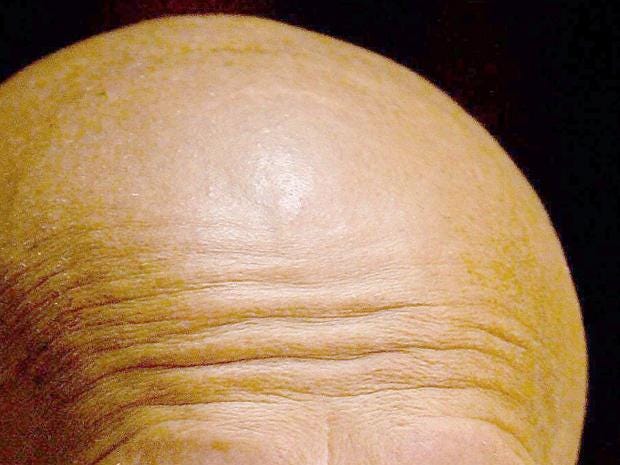
new cause of baldness has been accidentally discovered by scientists in the US in a breakthrough that could help develop a way to regrow hair.
The researchers were investigating the role played by anti-inflammatory immune cells called Tregs in skin health generally.
They found a way to temporarily remove the Tregs from the skin of laboratory mice, who had been shaved to allow the effects to be observed.
But the scientists then noticed something unexpected – the hair failed to grow back.
Previously it was thought that stem cells cause hairs to regrow after they fall out, but the team discovered that this only happens if Tregs are present.
One of the scientists, Professor Michael Rosenblum, an immunologist and dermatologist at University of California San Francisco, said: “Our hair follicles are constantly recycling. When a hair falls out, the whole hair follicle has to grow back.
“This has been thought to be an entirely stem cell-dependent process, but it turns out Tregs are essential.
“If you knock out this one immune cell type, hair just doesn’t grow.
“It’s as if the skin stem cells and Tregs have co-evolved, so that the Tregs not only guard the stem cells against inflammation but also take part in their regenerative work.
“The stem cells rely on the Tregs completely to know when it’s time to start regenerating.”
The researcher believe that defects in Tregs could be responsible for the immune disease, alopecia areata, which causes hair to fall out in patches and possibly also play a part in other kinds of baldness.
The same stem cells that regrow hair are also involved in healing damage to the skin, so Tregs may also be involved in this process.
Tregs’ role – as previously understood – was mainly to regulate the immune system, helping it tell what to attack and what to leave alone.
